We supply quality equipment, our equipment range includes Monitoring & Control Technology, Chemical Preparation & Dosing Plant and Filtration systems. Please contact us for additional information, our team is ready and always happy to assist you with your query.
Monitoring & Control Technology
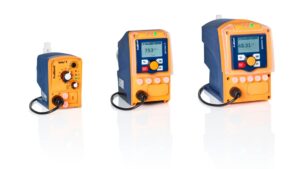
Solenoid-Driven Metering Pumps
Solenoid-driven metering pumps are available in capacities ranging from 0.74 to 80 l/h at a back pressure of 25 to 2 bar. To be able to meter almost any liquid chemicals, WCT uses a very extensive range of materials.
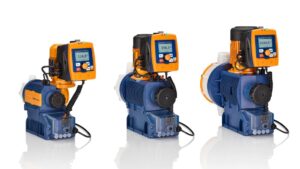
Motor-Driven Metering Pumps
Motor-driven metering pumps need to be robust, reliable and able to run on their own without supervision. Metering pumps with mechanically actuated diaphragms can be used almost universally in low-pressure ranges and what about servicing? Minimal. Accuracy? Uncompromising. Value for money? The best.
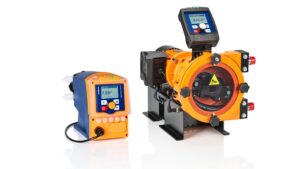
Peristaltic Metering Pumps
Peristaltic metering pumps are used in a capacity range of between 10 ml/h and 410 l/h. They pump against a pressure of up to 8 bar. The incredible durability and wide range of chemical compatibility of the high-performance tubes used by WCT, offer suitability to a vast rangeof chemicals and liquids.
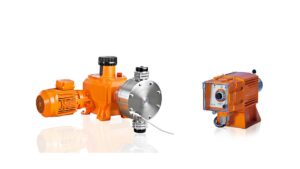
Diaphragm Metering Pumps
Hermetically sealed metering units and resistant materials allow WCT diaphragm process metering pumps to convey aggressive media with ease. But that’s not all, The maintenance-free and fault-free operation also depends on the quality of the diaphragm, which is why WCT always ensures that its products are equipped with extremely durable
diaphragms.
Filtration Systems
Membrane Technology

Nanofiltration
With nanofiltration, ions dissolved in water are held back to a lesser degree than with reverse osmosis. Typical salt retention rates are between approximately 80 – 85 %. Multivalent ions (e.g. Ca and Mg) are retained better than univalent ions (e.g. Na, K). Nanofiltration systems are often a good alternative to reverse osmosis systems because there is no need for time-consuming regular regeneration with large amounts of salts.
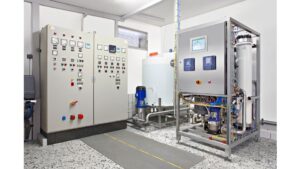
Ultrafiltration
WCT UF (Ultrafiltration) systems are the right choice for removing suspended matter, particles and disagreeable microbiological organisms such as bacteria, viruses and parasites from raw water. They deliver consistent filtrate quality, even with temporary cloudiness or microbiological contamination following precipitation – without turbidity and free from pathogens.

Reverse Osmosis System
Reverse osmosis is the reverse of the natural process of osmosis. It is used to desalinate aqueous solutions. Nowadays we use high-performance diaphragms to produce an almost totally salt-free solution.
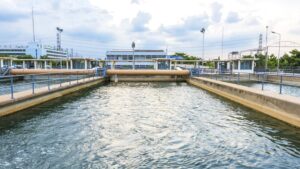
Sand Filtration for Portable Water
Filtration removes solids from the water. Unwanted particles and turbidity are removed from the water by sand or membrane filtration. An even more effective process is to filter using upstream flocculation or precipitation. Added substances allow smaller particles to become larger, so dissolved substances can flocculate.
Chemical Preparation and Dosing Plant
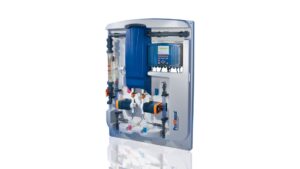
Chlorine Dioxide Systems
This agent disinfects regardless of the pH. It has a very good sustained-release effect and remains active in the pipes for anything from many hours to several days. With chlorine dioxide, it is even possible to treat entire water systems against legionella because it reliably breaks down biofilms in pipework and tanks.
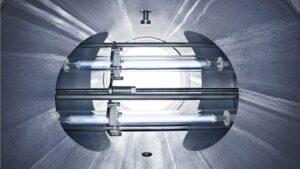
UV Systems
UV (Ultra Violet) radiation is a safe, chemical-free and reliable method of disinfection in modern water treatment. WCT UV systems utilise the safety and reliability of UV disinfection in a very wide range of applications. Scientific research and countless systems successfully in operation prove that UV is ideally suited to water disinfection.
